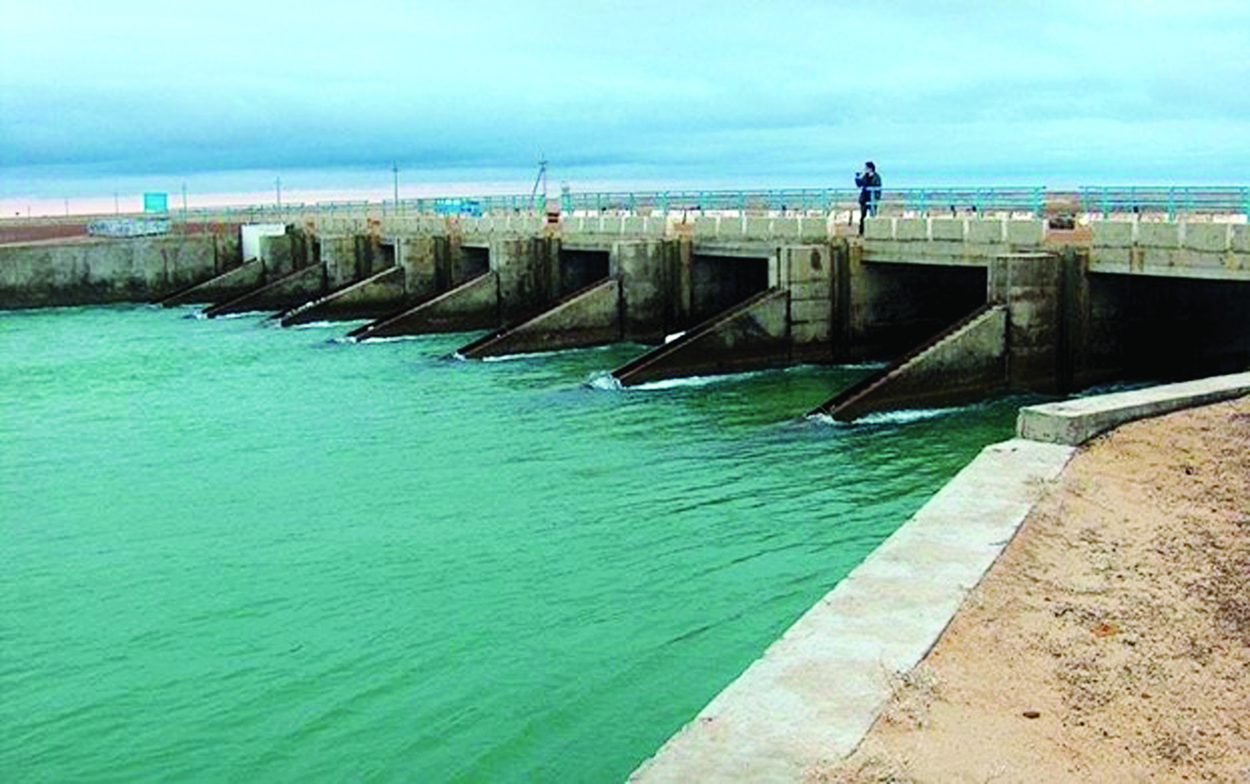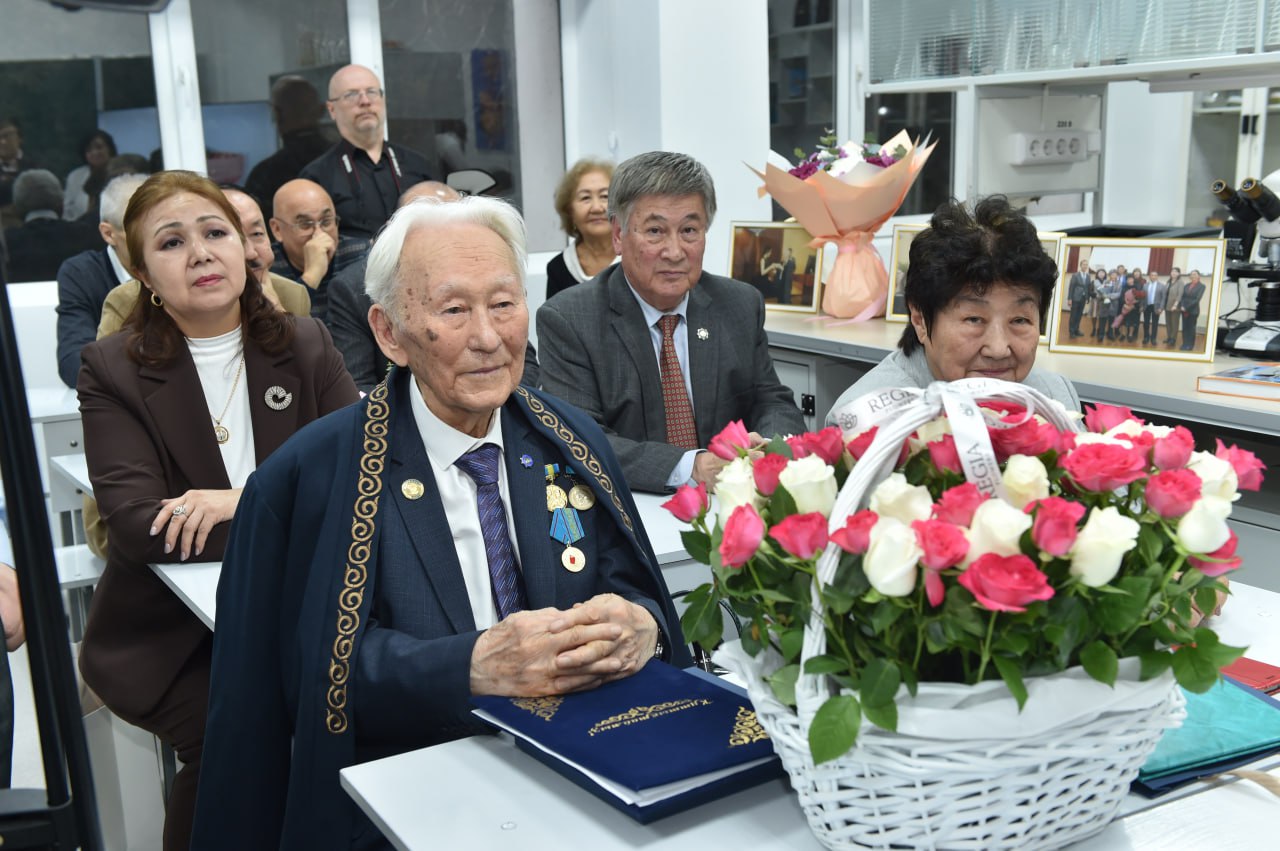Water is the most expensive natural resource

Water resources hold a crucial place among the natural wealth of our country. As the global shortage of fresh water continues to grow, the role and importance of water resources are increasing day by day. According to expert estimates, in the coming decade, water will become one of the most valuable resources, and ensuring access to drinking water will become one of the most pressing ecological issues. The water resources of our country are one of the fundamental elements for the further development of the economy.
No wonder our wise men said: "Water is also in demand". Water, together with other natural resources, is the material basis of our state. However, due to the misuse of natural resources, water is currently one of the most difficult problems.
In modern conditions, the state of the natural environment in Kazakhstan is at a stage of sharp deterioration in all the main environmental parameters, first of all, water resources are in a state of environmental stress. A striking example of this is the ecologically catastrophic state of the Amudarya and Syr Darya rivers, which have led the Aral Sea to ecological disaster.
In recent years, the Caspian Sea has also become much shallower and more polluted due to oil industry waste and other anthropogenic human impacts on the environment. As a result, the number of Caspian seal deaths has increased, the number of sturgeon has decreased, and cases of oil slicks on the sea surface have been observed. This has a negative impact on the diversity of flora and fauna.
The ecological condition of Lake Balkhash, once considered one of the cleanest lakes in the world, has also deteriorated due to insufficient water supply from the Ili River and pollution from industrial and agricultural waste.
The Ural River is a transboundary water resource and is therefore subject to pollution from various territories in its upper and middle reaches. Monitoring of the ecological state of the Ural River has revealed the presence of anthropogenic pollution. The hydrochemical regime of a water resource is subject to changes due to seasonal fluctuations in water composition.
Kazakhstan's terrestrial and underground transboundary water resources are subject to severe anthropogenic impact, which also affects their environmental well-being and deterioration of the general state of the natural environment. Today, Kazakhstan ranks first among the states of Central Asia, Eastern and Central Europe in terms of the degree of pollution of water resources and the natural environment in general. The main reserves of the country's water resources are concentrated in surface and underground sources. In general, Kazakhstan's water resources are located in different regions. Thus, 34.5 percent of all water resources belong to the eastern region, 2.6 percent to the central region, 24.1 percent to the southeast, 21.2 percent to the south, and 13.4 percent to the west. According to the Ministry of Agriculture of the Republic of Kazakhstan, in 2023 the total supply of fresh water was estimated at 539 cubic kilometers. Of these, 58 cubic kilometers are concentrated in glaciers, 95 cubic kilometers in reservoirs, 190 cubic kilometers in lakes, 101 cubic kilometers of river resources and 95 cubic kilometers of groundwater reserves. The problem of water shortage in the country is getting more complicated every year. According to the UN, Kazakhstan may face water shortages by 2030. The Head of State believes that by 2050 the country may even enter the category of "extremely in need of water." Currently, more than 600 thousand people in the country need clean drinking water. It has been more than a year since the establishment of the Ministry of Water Resources and Irrigation in the country. During this time, two important documents were adopted. In particular, the Concept of development of the water resources management system of the Republic of Kazakhstan for 2024-2030 was approved. Secondly, the draft Water Code of the Republic of Kazakhstan is being developed. As part of the concept for the development of the water resources management system for 2024-2030, the Ministry plans to build 42 new reservoirs by 2030 that can additionally collect 2.6 cubic kilometers of water, reconstruct 30 catchments and 14,450 kilometers of irrigation canals by 1.9 cubic kilometers. According to experts, these measures can reduce water losses during transportation by 25 percent, and increase the area of irrigated land by more than 400 thousand hectares. The draft of the new Water Code discussed important changes aimed at strengthening state control and supervision over the use and protection of water. Thus, the draft document assigns supervisory functions to the authorized agency and basin inspections. It is proposed to amend the current Business Code to expand the functions of basin inspections and state water inspectors, change the forms of state control and supervision, as well as introduce new rapid response tools. According to the Minister of Water Resources and Irrigation of the Republic of Kazakhstan, 411 projects for the development of water facilities are being implemented in the country this year. In particular, work is underway to restore 575.9 thousand hectares of irrigated land, construction and reconstruction of 203 canals with a total length of 2.5 thousand km. As a result, the quality of water supply in 437 rural settlements with a population of 1 million 48 thousand people will improve. In addition, work is underway to digitalize 3,500 km of irrigation networks in Almaty, Zhambyl, Kyzylorda and Turkestan regions. In Akmola region, 36.6 km of work on the reconstruction of the Nurinsk group water pipeline has been completed. The Ministry has conducted 15 events on the use of transboundary reservoirs with neighboring States. As a result, this year the country received more than 4 billion cubic meters of water from Uzbekistan, 488.6 million cubic meters from Tajikistan, 180 million cubic meters from Kyrgyzstan through the Shu River and 380 million cubic meters through the Talas River. Negotiations are underway with China on more than 20 transboundary rivers. Among them are three large rivers: the Irtysh, Ili and Emil rivers. Negotiations were held with Russia on the use, protection and research of the waters of the large transboundary rivers Ural, Irtysh, etc. This year, 75 billion cubic meters of water have been collected in the country's reservoirs, of which more than 12 billion are flood waters. The Shardara water intake received 4.2 billion cubic meters of water during the irrigation season. This is 2.5 times more than a year earlier. For the first time in the last ten years, the Kapshagai reservoir was filled to 100 percent, collecting more than 18 billion cubic meters of water. Since the beginning of the year, 12 billion cubic meters of water have been sent to Lake Balkhash, and 7.4 billion cubic meters to the Caspian Sea. Since October 2023, more than 2 billion cubic meters of water have been sent to the Aral Sea.
Kaldarbek KUANDYKOV,
candidate of Legal Sciences, associate professor
Other news


